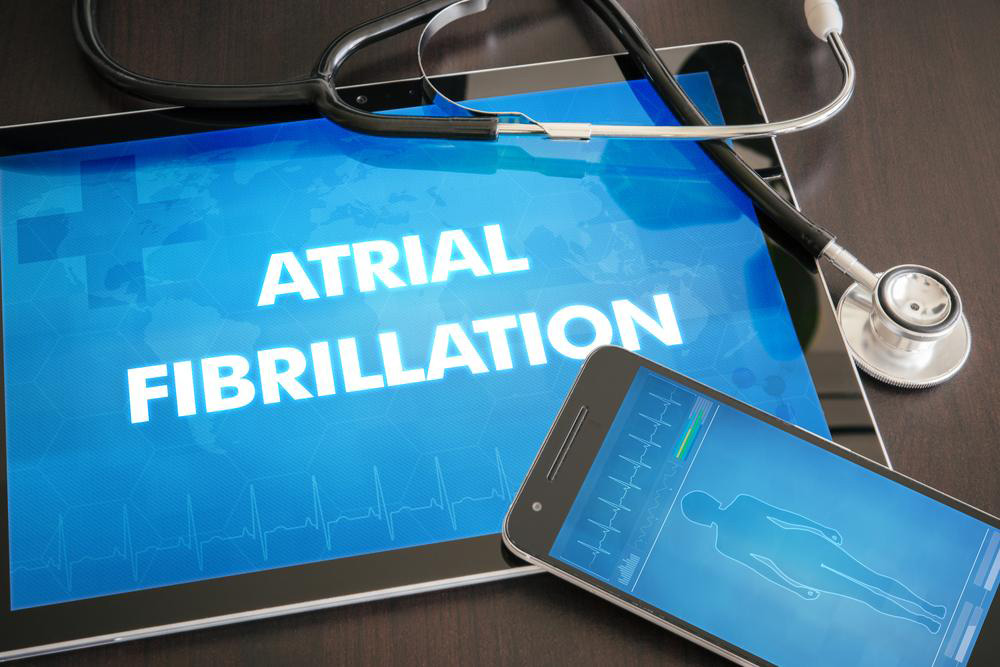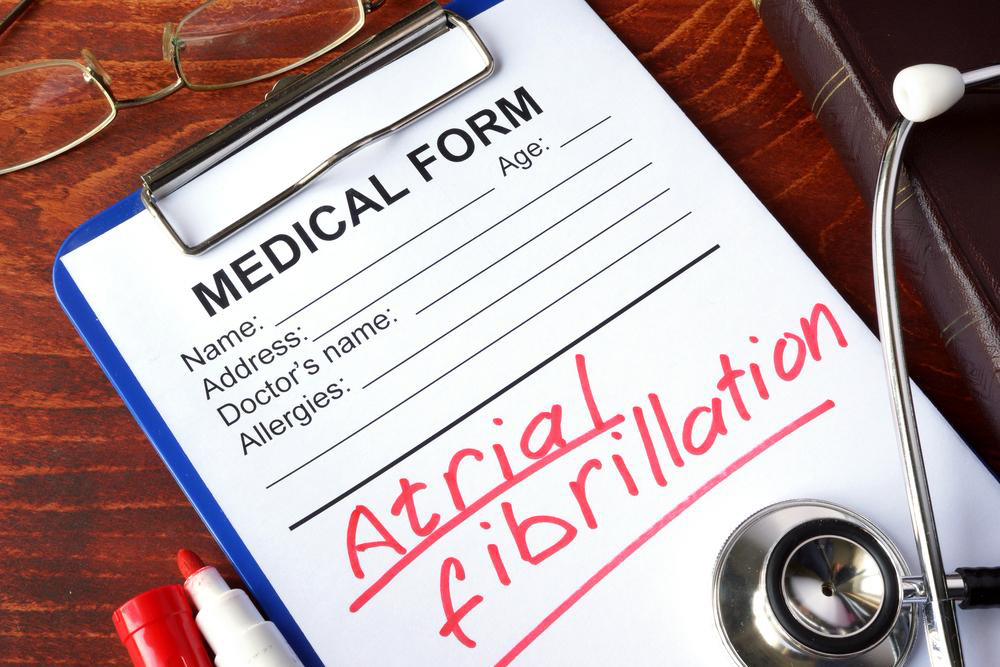Comprehensive Guide to Atrial Fibrillation: Symptoms, Risks, and Treatment Options
Discover the essential facts about atrial fibrillation, including its signs, risks, and the latest management strategies. Learn how early diagnosis and treatment can prevent complications like strokes and improve quality of life. Suitable for patients and caregivers seeking comprehensive information on this common heart rhythm disorder.

A Comprehensive Guide to Atrial Fibrillation: Symptoms, Risks, and Treatment Options
Atrial fibrillation (AFib) is a common but complex heart rhythm disorder that affects millions of people worldwide. It is characterized by an irregular and often rapid heartbeat, which can lead to serious health complications if not diagnosed and managed properly. Understanding the detailed aspects of AFib, including its symptoms, causes, risks, and treatment options, is critical for both patients and healthcare providers to improve outcomes and quality of life.
This article aims to provide an in-depth look at atrial fibrillation, elaborating on how it affects the heart's function, recognizing early signs, and exploring the latest management strategies available. Recognizing the importance of early diagnosis and intervention can significantly reduce the risk of severe complications such as stroke and heart failure, thereby enhancing the overall prognosis for individuals living with this condition.
Understanding and Managing AFib Effectively
For individuals diagnosed with atrial fibrillation, it is essential to seek professional medical evaluation from a qualified cardiologist. An experienced specialist will perform a thorough assessment, including reviewing medical history, conducting physical examinations, and utilizing diagnostic tests such as electrocardiograms (ECG), Holter monitoring, or echocardiograms. Identifying underlying causes like hypertension, coronary artery disease, or other structural heart issues is a crucial step before developing an effective treatment plan.
Mild cases of AFib may be managed with medications that control heart rate and reduce the risk of clot formation, including anticoagulants and antiarrhythmic drugs. For more persistent or severe cases, advanced procedures like electrical cardioversion, catheter ablation, or implanting devices like pacemakers or implantable cardioverter defibrillators (ICDs) might be necessary. These interventions aim to restore normal heart rhythm and prevent potential complications.
Symptoms such as irregular heartbeat, heart palpitations, unexplained fatigue, chest discomfort, and shortness of breath warrant prompt medical attention. Interestingly, many individuals with AFib may not experience noticeable symptoms, making regular health check-ups and screenings vital, especially for high-risk groups like older adults or those with existing cardiovascular conditions. Early diagnosis and tailored treatment strategies can dramatically improve quality of life and reduce the risk of life-threatening events such as stroke, which is a significant concern associated with AFib.
In conclusion, atrial fibrillation is a complex yet manageable heart rhythm disorder. Awareness of its signs and symptoms, along with timely medical intervention, can prevent serious health consequences. Whether through medication, lifestyle modifications, or invasive procedures, modern medicine offers a range of solutions to help patients maintain better heart health and overall wellbeing. If you or a loved one notice symptoms related to AFib, seeking prompt medical evaluation is crucial.





